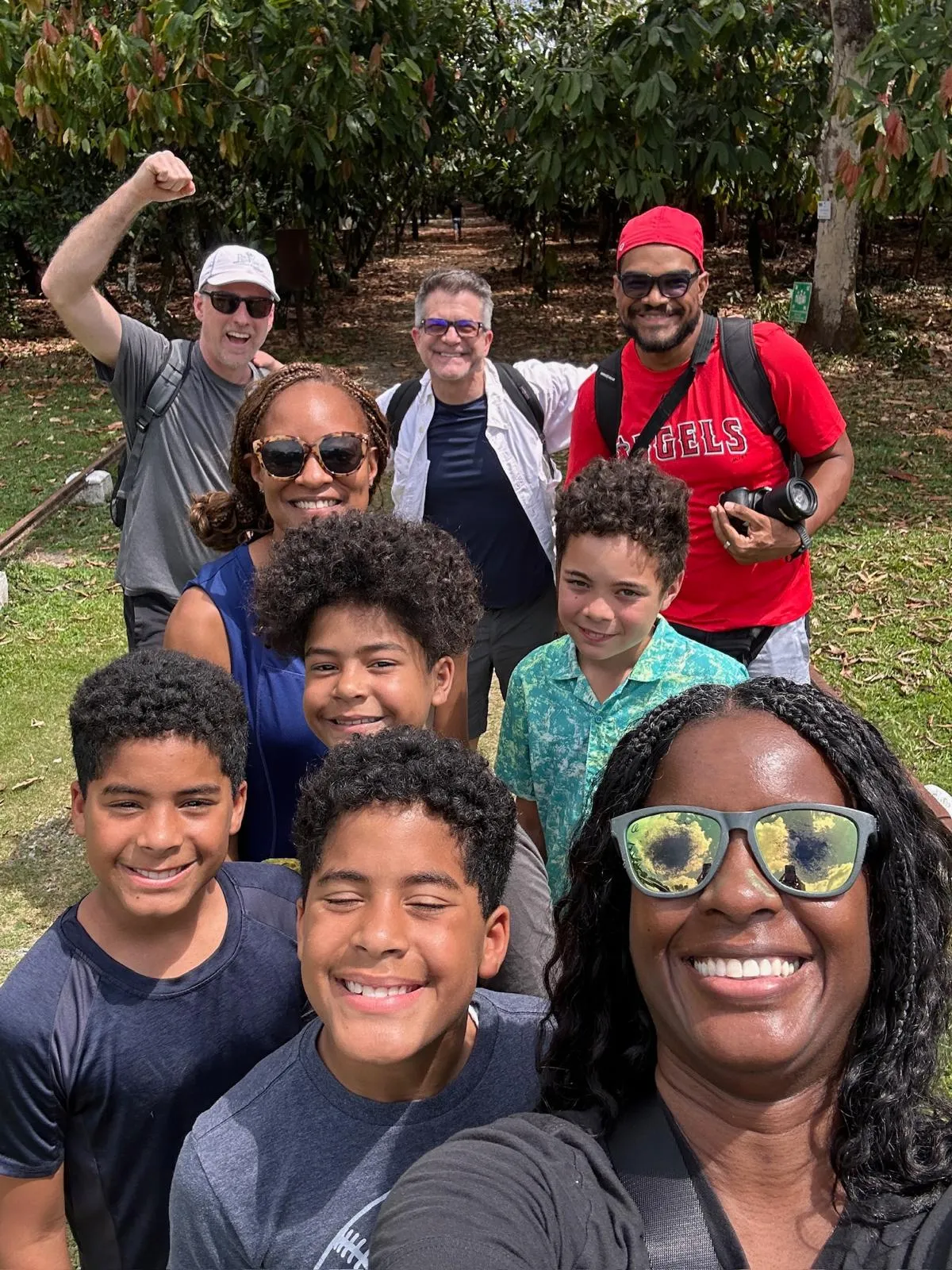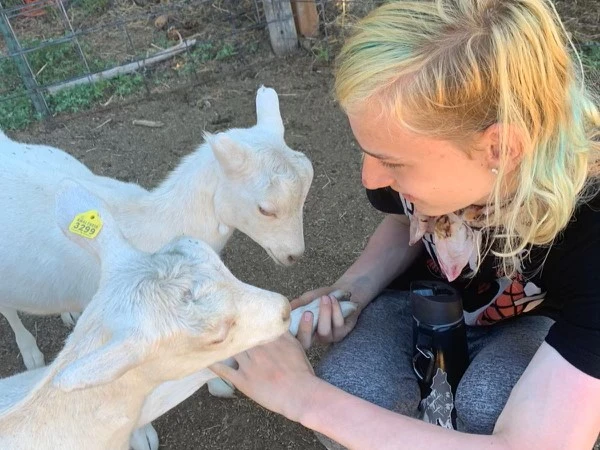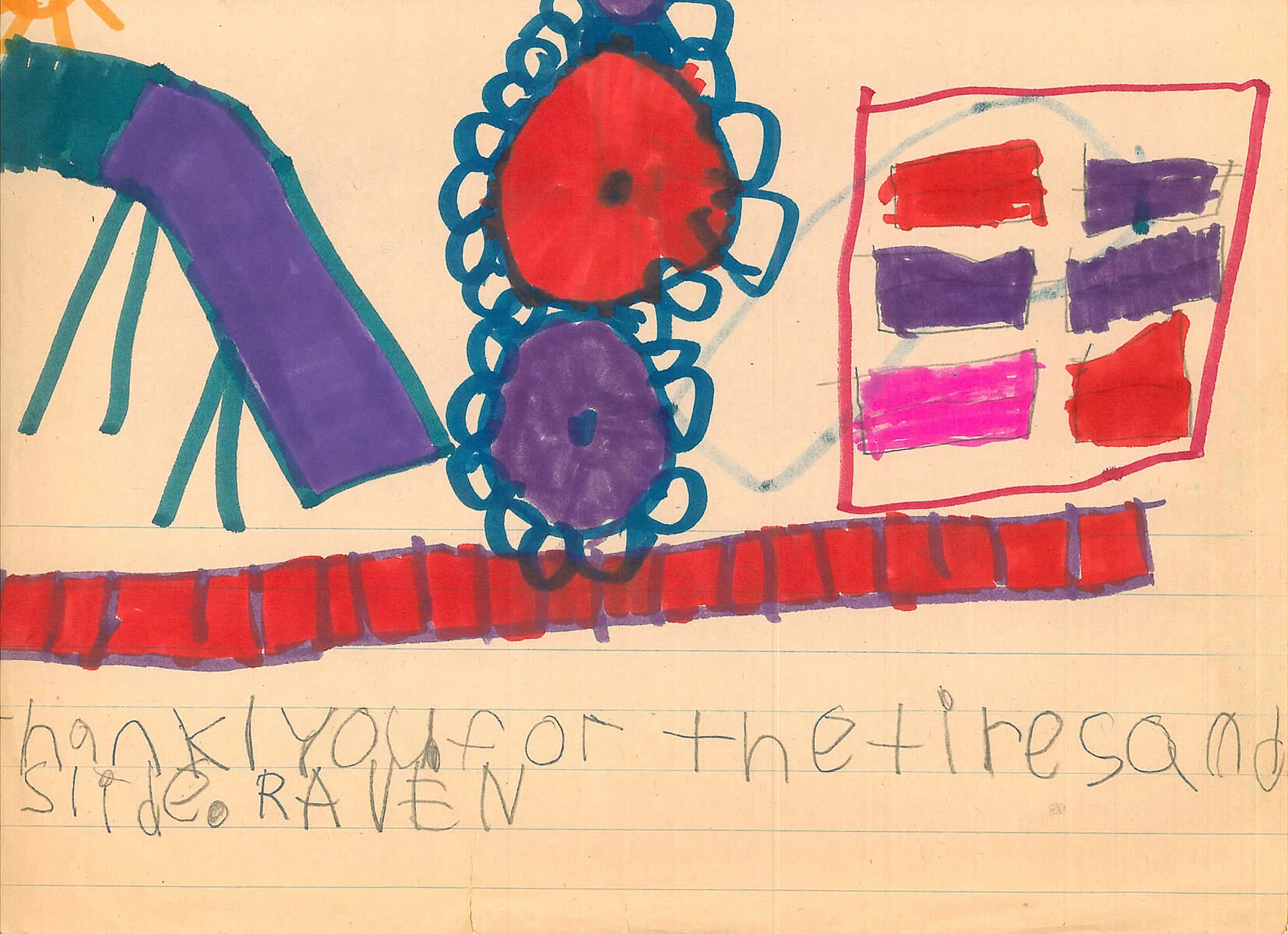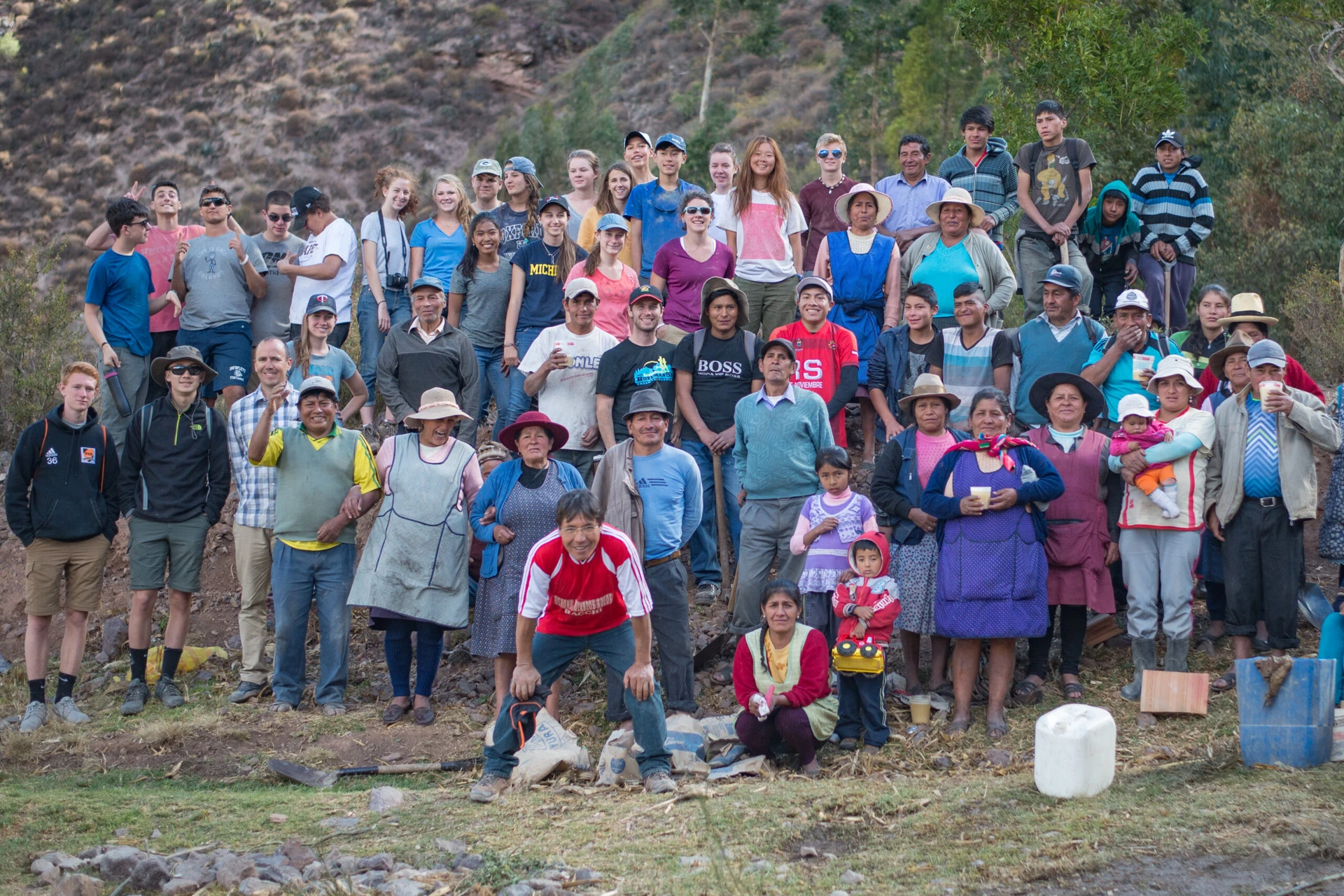In the Caribbean, for example, where we build to hurricane specifications, more than a few of the schools our teen volunteers have built serve as the communities’ hurricane shelters. All of the houses and schools built by VISIONS participants in the British Virgin Islands and the Dominican Republic are intact to this day, having withstood hurricanes and tropical storms.
In our first decade, VISIONS construction encompassed primarily structures: homes, community halls, schools, playgrounds, pow wow arbors, libraries, sheds, wildlife observation towers, outdoor classrooms, even small bridges. VISIONS participants learn to drill holes for lag screws, carriage bolts, hex bolts, decking screws, fasteners and joists. They work hands on with wood, concrete blocks, cement, mortar and rebar, adobe bricks, even bamboo and palm leaves. They learn to hammer skillfully without bending nails or leaving too many impressions in the lumber.
They lose their initial tentativeness and become confident handlers of drills and screw guns; cross cut, circular and mitre saws, even portable saw mills. They lay decking and sheeting, raise walls and roofs and put down floors. (Actually, it is because the construction projects are so hefty that, for balance, we offer other, different kinds of projects concurrently at every program site, e.g., farming, volunteering with or tutoring children, assisting artisans, creating and executing murals, etc.)
In our second decade, as the program sites expanded to Central and South America, VISIONS began doing different kinds of structural projects that address sustainability: cleaner burning stoves, bio-digestors, potable water systems, irrigation canals, water filtration devices, cisterns, compost receptacles.
The manual labor involved in most of these projects is straightforward, plain hard work. For irrigation canals trenches must be dug deep and long, with pic axes and shovels and often in the mud. Massive rocks and stones must be pried loose, extracted and removed and then new stones brought in to lay down. Pipes must be carried some distance and then put into place.
Last summer in San Gregorio, Nicaragua, our teen volunteers created a potable water system. They dug the 4km x 1m deep irrigation ditch, placed a 6m x 6m x 10m tank for water, and helped build a reservoir for tubing. This potable water system is vital to San Gregorio. As the Foundation for Sustainable Development notes: “Famous as the ‘Land of Lakes and Volcanoes,’ and reveling in its status in Central America as the country with the most fresh water, Nicaragua has very little safe drinking water. Those who cannot afford to purchase water are extremely vulnerable to a variety of health issues.”
In two separate, ongoing seasonal projects in Peru, VISIONS participants directly impact water issues for the better. Each Peru participant last summer spent roughly four hours helping make ceramic water filters for indigenous families’ drinking water. For the community of Yanahuara, with maestros Nico, Hernan and Ismael and Yanahuara community members, VISIONS teen volunteers carried rocks for the walls and floors of irrigation canals, dug and lined these glacial run-off canals that irrigate several hundreds of small family hillside farms or plots.
The other ongoing seasonal project is the assembling and installation of cleaner burning indoor stoves in a few enclaves that dot the mountainsides above Urubamba. According to the United Nations, smoke from primitive indoor stoves kills 1.9 million people annually, mostly women and children, from lung and heart diseases and low birth weight. Smoke from makeshift indoor stoves is a leading environmental cause of death and disease, not to mention one of the major contributors to global warming.
Time. Time and labor, that’s all it takes to make a pivotal difference in the quality of people’s lives. VISIONS participants tell us how rewarding these sustainable projects are, not the least because they can work side by side with the people who benefit importantly from the end product, spend time in their hosts’ homes getting to know entire families from children to parents to grandparents. A quick glance at the roster of completed projects testifies to the scope of our service, but even more to this: teenagers have prodigious abilities to make a difference when given the tools, taught the skills, and carefully guided by caring mentors.






